|
One of the safest methods to reduce Varroa infestation in honey bee colonies is the use of mechanical methods. Dusting or spraying honey bees with some materials (e.g. powdered sugar or oxalic acid solution) can be considered as safe mechanical methods. In this study, the effects of dusting or spraying on the survival rate of honey bee workers and drones were investigated. The results showed that using dusting (with powdered sugar, wheat flour, talcum powder or magnesium carbonate) or spraying (with sugar syrup, or mix of sugar syrup and oxalic acid) can reduce the survival of honey bees except spraying using sugar syrup. Repeating the use of powdered sugar or mix of sugar syrup and oxalic acid (3%) for one, two or three times showed reduction in the survival rate of workers and drones. The intensive use of dusting or spraying over bees is not recommended. Spraying bees with sugar syrup only or mixed with oxalic acid is advisable during Varroa control than dusting bees with powdered sugar. |
|
Abou-Shaara, H.F.; M. Staron and T. Cermáková (2016). Impacts of intensive dusting or spraying with Varroa control materials on honey bee workers and drones. Journal of Apiculture, 31 (2): 113-119. |
| http://journal.bee.or.kr/_PR/view/?aidx=6827&bidx=552 |









